Off the northeast coast of the U.S., a budding offshore wind industry has led some to see the region as the “Saudi Arabia of wind.” As promising as it may have seemed for our fight to mitigate the effects of climate change, a recent spate of problems has laid bare the fallacies inherent in the way America builds renewable energy. It’s time to rethink our approach to the energy transition and to climate change.
New York State was in the news this winter after announcing new contract agreements for two major offshore wind developments, Empire Wind and Sunrise Wind. Governor Kathy Hochul unveiled the project awards with great fanfare, saying, “I promised to make New York a place for the renewable energy industry to do business, and we are delivering on that promise.” The awards were greeted with applause by a host of legislators, environmental organizations and trade union leaders.
Why were people so excited by the announcements, and are they as good as they are made out to be? We think not. In fact, as experts in environmental issues, offshore wind energy and engineering, we believe the public in New York has been strongarmed by big wind companies.
Beneath the recent project awards is a story of significant crisis in the offshore wind sector in the Northeast United States. The way things currently work is that the federal government, through the Department of the Interior, auctions off rights to develop portions of the seabed into giant wind farms. In parallel, states like New York set up competitive auctions for project developers to sign a long-term contract for electricity and environmental certificates (ORECs) to sell the energy from the project. The entire process is characterized by a competitive bidding process in which developers must balance what they are willing to pay for a lease area, the capital costs of building the wind farm, and the revenue that they must receive to meet their bottom line.
Offshore wind is a very attractive form of renewable energy. The wind blows more steadily offshore than over land, which means that the power generated is less intermittent than onshore turbines or solar panels. In addition, offshore wind farms are located near energy-hungry cities like New York City, and transmission cables can be laid on the seafloor, meaning that you don’t need to cut down trees or buy people’s property to get clean power to consumers. In other words, offshore wind means lots of power and less NIMBYism (‘Not In My Backyard’).
Offshore wind also has implications for social and environmental justice in cities like New York. Right now, New York City gets 89% of its power from dirty fossil fuels. Over the last decade, New York City residents have paid more than $4.5 billion through their electric bills to owners of power plants that emit high levels of harmful pollutants. The city’s peaker plants are all located in working-class communities of color in the city. Owned by out-of-state investment firms, peaker plants produce some of the most expensive electricity in the country, helping to generate energy poverty for hundreds of thousands of low-income New Yorkers.
As a result of years of struggle by environmental justice groups like the PEAK Coalition, New York’s peaker plants are mandated to shut down by 2030, but we need an energy source to replace them. A significant amount of that power should come from offshore wind.
But achieving offshore wind development requires big infrastructure investments: The turbines are gigantic, so their components must be manufactured and stored at port locations, and highly specialized ships are needed to transport and install the wind turbines. Currently, the U.S. developer Dominion Energy is building one of these specialized ships in Texas, because they work as a vertically integrated utility — which means they can generate power and distribute that power to consumers.
By contrast, New York has a deregulated market where power generation and distribution can’t be owned by the same company (aside from public power entities like the New York Power Authority). The lack of vessels for installing these massive wind turbines has helped to drive up costs enough that the Danish power company Ørsted canceled two wind projects in New Jersey, Ocean Wind 1 and 2.
The challenge of building big infrastructure became an issue after New York’s energy research and development authority (NYSERDA) awarded a series of contracts for wind farms back in 2019. Multinational wind corporations had submitted bids for contracts with, in retrospect, unrealistically low energy costs, perhaps in an effort to beat out other developers for a power purchase contract.
Then COVID hit, supply chains for all sorts of manufacturing bottlenecked, and inflation in the price of raw materials like steel kicked in. The big wind developers came back to New York last summer, hats in hand, asking for higher payments for the energy they’d contracted to sell to the state. The state energy regulator, the Public Service Commission (PSC), refused last October, arguing that the requested increases, which would have doubled the project cost for ratepayers, were exorbitant. The Hochul administration agreed, saying the PSC decision was necessary to maintain affordability and preserve the competitive process.
In response to this rejection, developers began backing out of contracts they’d signed with the state. Suddenly, New York State’s clean energy goal of 70% clean power by 2030 was in jeopardy, with four offshore wind projects and 86 land-based renewable projects petitioning for more funding. By December, 79 of New York’s onshore wind and solar projects – a total of 66% of the state’s land-based renewable energy portfolio – were killed by developers. Remember, the state’s energy transition goals are not just a wish list but are legally mandated by the Climate Act of 2019.
So the refreshed awards for Empire and Sunrise Wind seem like very good news. The governor can say that we’re still on track for energy transition. But the cost to consumers of these new awards is more than double the cost of the original awards. In other words, the new awards lock in place exactly the same terms that the PSC and Governor Hochul rejected as outrageous last October. The new projects have been granted 30% increases, even though the PSC and Hochul previously rejected requests for increases of 27-35%.
Where are the benefits of the competitive bidding process if developers are able to re-bid their contracts at higher rates? Shouldn’t the new bids have been lower since inflation has gone down over the last half year and supply chain bottlenecks have eased? It seems that, in its anxiety to be seen as taking action in the state’s energy transition, the Hochul administration has basically just given big European wind corporations like Equinor and Ørsted exactly what they wanted. We’ve been strongarmed!
That’s not all. Although the new projects are supposed to generate 800 jobs, that’s half the number of good jobs originally planned. And we shouldn’t forget about all the other cancelled projects. How does the state plan to find new developers for all these projects? Is there even a plan?
If we step back, the crisis in offshore wind underlines the fundamental illogic in the way we currently go about building renewable energy. We know we need to build loads of clean power to avert massive climate crisis. Politicians in progressive states are consequently willing to get behind ambitious goals – at least on paper. But then they act like contracts signed are equivalent to projects built. That’s just not the case. In fact, as the State Comptroller’s report on renewable energy from August 2023 underlined, since 2015, only 294 megawatts, or 3.1% of total megawatts of contracts receiving awards, have become operational.
Even in the best cases, where projects are completed, the state is essentially throwing public money at big multinational corporations whose shareholders require them to make huge profits. When those outsize profits don’t look set to materialize, the developers just walk away from the projects, leaving politicians looking like idiots and the public even more imperiled by the climate crisis.
And it’s not just a U.S. problem. Wind industry corporations like Equinor and Ørsted have the luxury of bidding their projects to different states and countries for the cheapest contract prices. In Europe, there have been a series of parallel negative headlines in the offshore wind sector, which has similarly resulted in countries taking direct action to keep this private investment from running dry. The U.K. has increased its maximum guaranteed price for project bids and Germany is forcing landowners to accept any necessary transmission infrastructure that renewable energy suppliers might need. Seemingly, in the haste of a climate emergency, governments across Europe and the U.S. are rolling out the red carpet for increased private investments in offshore wind, but in doing so handing them our climate future - which is explicitly not in these corporations’ business model. They’ve got us over a barrel to the point where our elected leaders are willing to fork over pretty much whatever these big corporations want.
All of this raises the question of why we – the public – don’t just build renewables ourselves.
After all, last spring legislators in New York passed the Build Public Renewables Act (BPRA), which mandates that NYPA, the state’s public power authority, construct renewables when and where the private sector fails to meet the state’s climate goals. NYPA was set up by FDR in the 1930s precisely to get the public out of the clutches of private energy barons. And it built big infrastructure like its dam on the Niagara River, which generates 20% of the state’s clean power.
Are we so diminished as a nation that we can no longer even contemplate such ambitious public projects? We think not. We think it’s time to think big. It’s time to bring back public power.
Ashley Dawson is a professor of environmental studies at the City University of New York. Bridget Moynihan is a PhD candidate in offshore wind energy at Tufts University. Desen S. Özkan is an assistant professor of engineering education in the Department of Chemical and Biomolecular Engineering at the University of Connecticut. They are members of the Public Power Observatory and co-authors of the report “Why We Need Public Wind Power.”

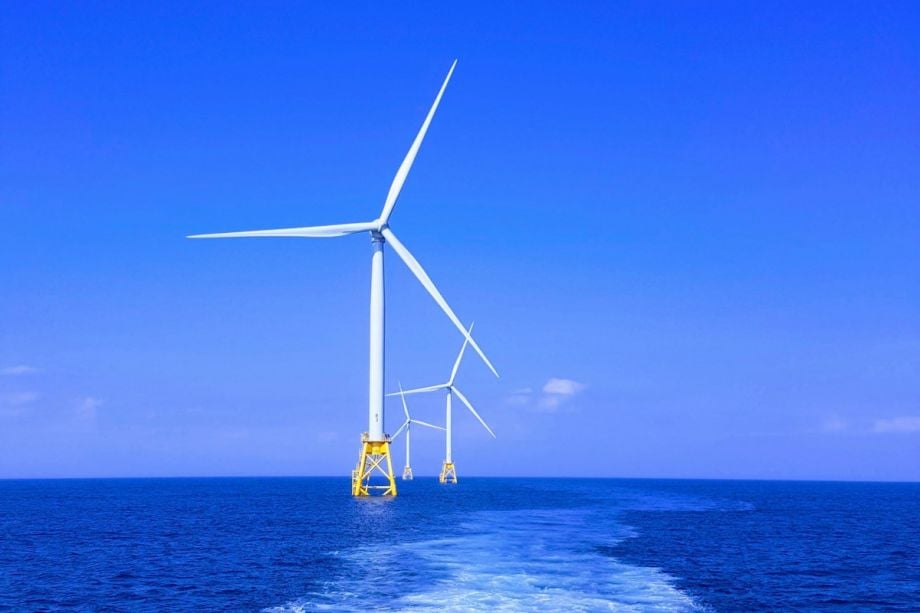
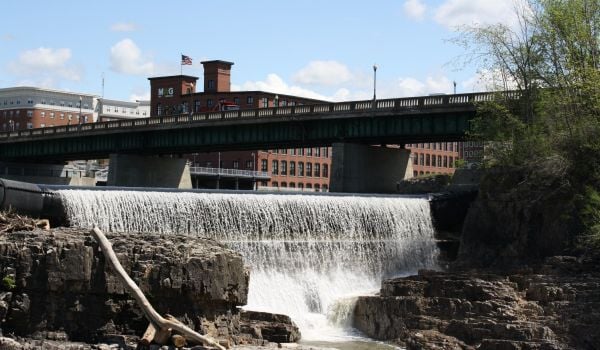
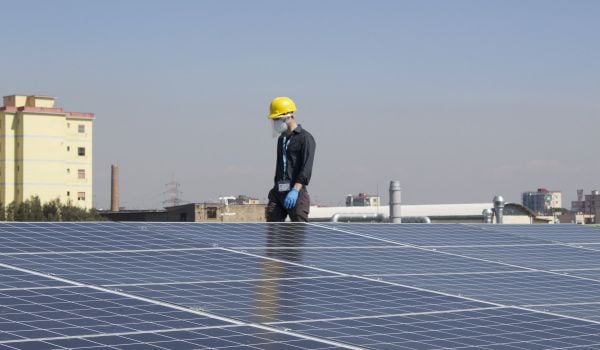
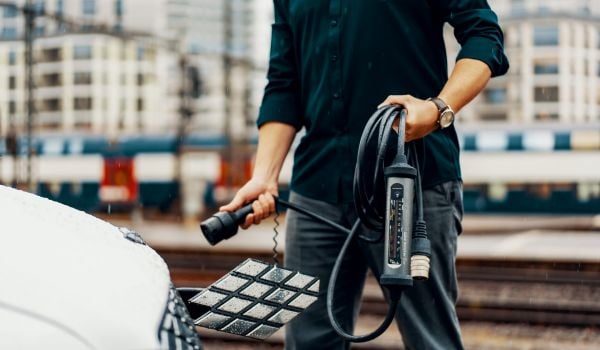
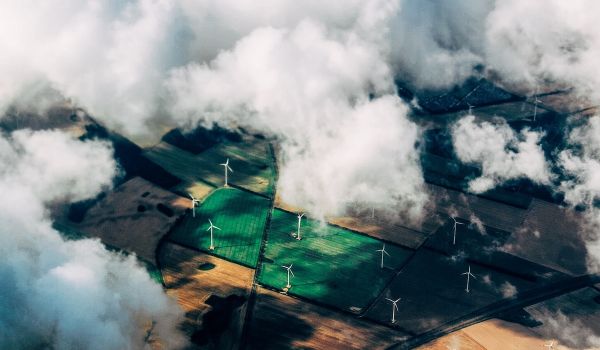
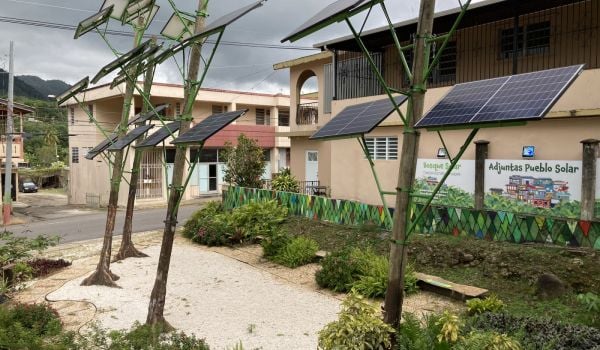
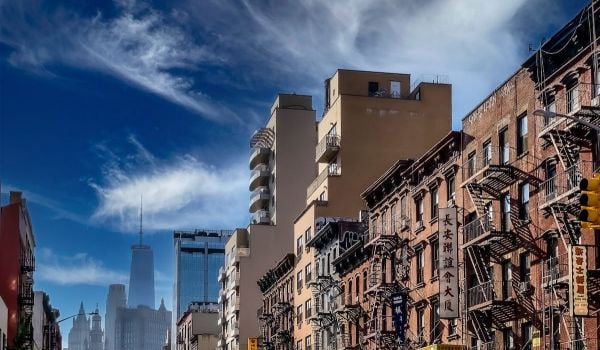
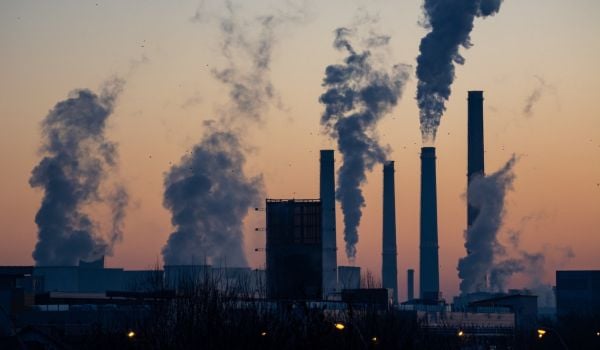








Add to the Discussion
Next City sustaining members can comment on our stories. Keep the discussion going! Join our community of engaged members by donating today.
Already a sustaining member? Login here.